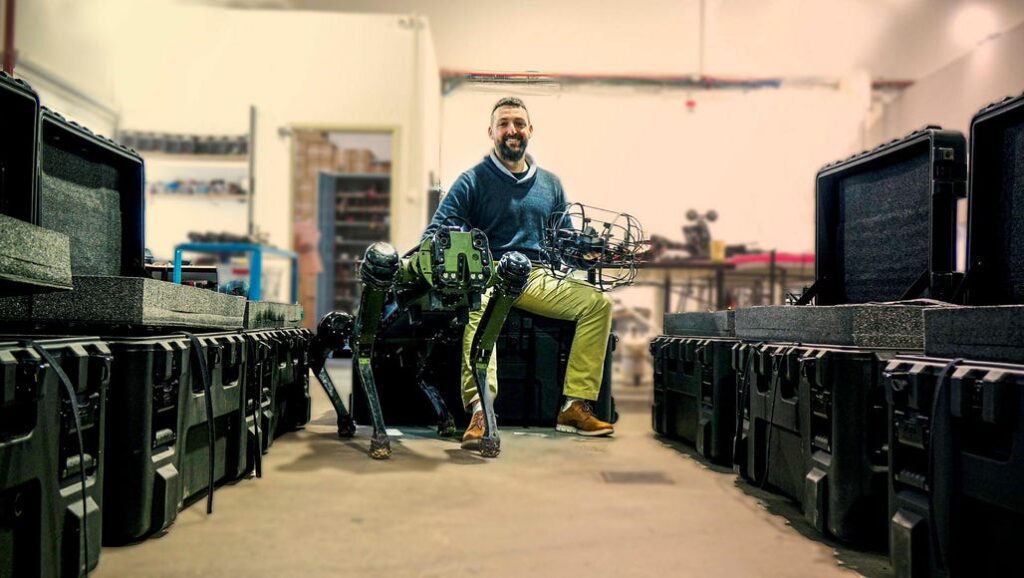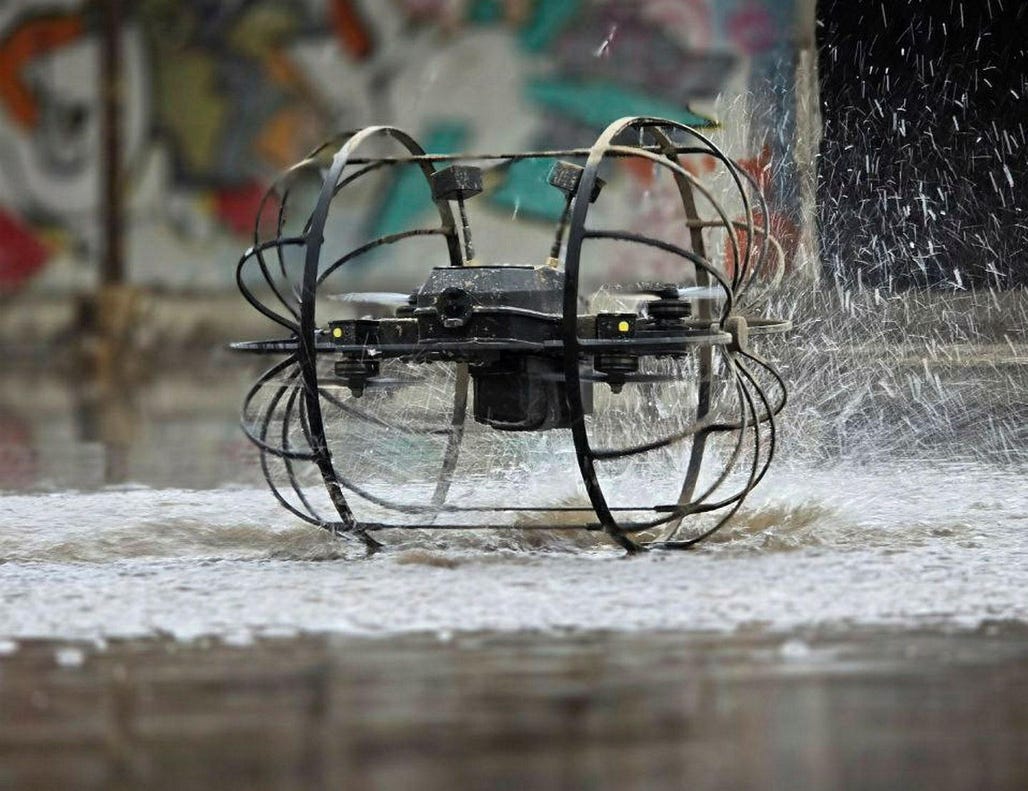Amid the roar of the bombings and the deafening noise of the rockets, there is another silent war being fought in Gaza. A war made of robots and drones, of cutting-edge technology that moves among the rubble and debris of the destroyed streets. It is here, in this strip of land disputed between Israel and Hamas, that the future of modern warfare (with all that it may mean) is being written.
Gaza has become the testing ground for new Israeli military technologies, an open-air laboratory where robots move like ghosts among the ruined buildings and drones fly across the sky, scanning every corner with their electronic eyes.
Vision 60 and Rooster: the new allies of the Israeli army
Among the robots used by the Israeli army in Gaza is the Vision 60, a robotic dog produced by Philadelphia-based Ghost Robotics (we tracked it the very first steps four years ago). The quadruped robot is able to cross rough terrain and overcome obstacles, thanks to its flexible structure and the sensors it is equipped with.
Vision 60 is not the only robot the Israeli army is deploying in Gaza. There is also the Lesson schedule, a drone produced by the Israeli startup Robotican, which can be installed on the back of the Vision 60, thus creating a sort of hybrid between a terrestrial robot and a drone. Rooster is capable of flying short distances, flying over obstacles and providing aerial images of the surrounding area.

Gaza, advantages and risks of an aseptic war
The use of robots and drones in war follows first of all the need to safeguard security. Quadruped robots like Vision 60 can be used to explore buildings and underground tunnels, thus preventing soldiers from being exposed to the risk of ambushes or booby traps. Additionally, drones like Rooster can provide real-time imagery on the ground and in the air, allowing the military to have a clearer view of the battlefield.
However, the use of robots and drones in warfare also raises many ethical questions. War becomes increasingly aseptic, almost distant from reality, and the risk is that we lose sight of the value of human life. And if you consider that the key word in that tormented land has been "inhumanity" since long before October 7th, this chain of events certainly cannot benefit from military technologies.
The distance between those who fight and those who suffer the consequences of war is unbridgeable, and this cannot fail to produce consequences.

Gaza's Silent War: Who Pays the Highest Price?
As robots and drones continue to explore the streets of Gaza, it is the men and women who live there who pay the highest price for this silent war. The civilian population is often victim of bombings and air raids, and lives in constant fear of losing their lives or seeing their homes destroyed.
The presence of robots and drones on the battlefield risks increasing the distance between those who fight and those who suffer the consequences of war. Soldiers who control robots remotely may feel less emotionally invested in the war, which could lead to greater dehumanization of the enemy. I don't rule out it already happening, judging by the terrible news that now arrives in each of these 150 hard days.
The future of war: towards an increasingly technological conflict
The Gaza War (e.g I wouldn't leave it out the echo of the one in Ukraine) is just the beginning of one increasingly marked trend towards the use of advanced technologies in warfare. Robots and drones are becoming increasingly important on the battlefield, and the risk is that war becomes increasingly aseptic and distant from human reality.
It's not rhetoric, believe me. Apparently it is not obvious to remember that war is not just a question of technology, but also and above all concerns people. If a balance is not found between the use of advanced technologies and respect for the human rights and dignity of the people involved in the conflict, there will be little that is "advanced", other than horror.


